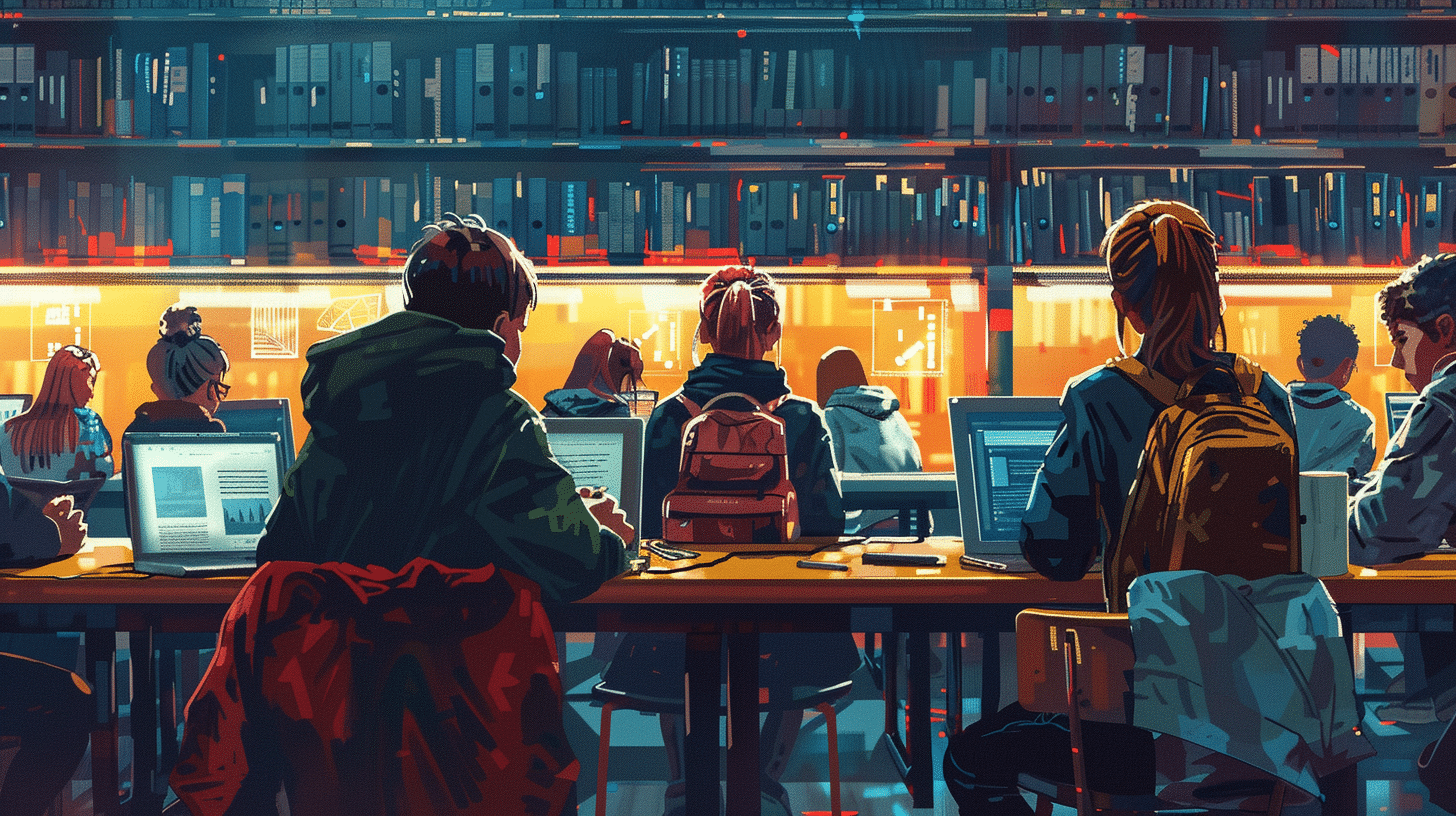Puerto Rico, a beautiful island in the Caribbean, offers a diverse and comprehensive education system that encompasses both public and private sectors. The local government, under the jurisdiction of the Puerto Rico Department of Education, administers the largest school district in the U.S. territories, with a variety of programs tailored to meet the educational needs of its students.
Higher Education: Puerto Rico boasts a robust higher education system with more than 50 institutions, including universities, colleges, and technical institutes. Leading universities such as the University of Puerto Rico, the largest public university on the island, offer a wide range of undergraduate, graduate, and doctoral programs.
Challenges in the Puerto Rican Education System
Despite its strengths, the education system in Puerto Rico faces several significant challenges that impact learning outcomes and overall educational quality.
Funding Issues: Financial constraints have been a persistent problem, exacerbated by the island’s ongoing economic struggles. Budget cuts have led to school closures, reduced educational programs, and inadequate maintenance of school facilities.
Teacher Shortages and Training: Puerto Rico has experienced a shortage of qualified teachers, particularly in specialized subjects like science and mathematics. Additionally, ongoing professional development for teachers is often limited, which hinders their ability to keep up with new educational methodologies or changes in curriculum standards.
Natural Disasters: The island’s susceptibility to natural disasters, such as hurricanes, poses disruptions to the educational process. Recovery from events like Hurricane Maria in 2017 has been slow, affecting not only the infrastructure but also the psychological well-being of students and educators.
Technological Integration in Education
As in many parts of the world, Puerto Rico is increasingly integrating technology into its educational framework, which presents both opportunities and challenges.
Access to Technology: There has been a significant push towards incorporating digital tools in classrooms, from elementary schools to universities. This includes the use of computers, projectors, and educational software that enhances interactive learning and accessibility to global resources.
Online Learning: The COVID-19 pandemic accelerated the adoption of online learning platforms. Schools and universities rapidly adapted to remote education, allowing students to continue their studies amidst health concerns. However, the transition highlighted the digital divide, as some students struggle with inadequate access to the internet or computing devices.
Training and Support: For technological integration to be effective, teachers must be properly trained to utilize new tools and methodologies. Ongoing support and professional development are essential to help educators integrate technology effectively into their teaching practices.
Special Education and Inclusive Learning
Special education in Puerto Rico is governed by federal laws and local policies designed to provide appropriate educational opportunities to students with disabilities.
Individualized Education Programs (IEPs): Schools develop IEPs to tailor educational experiences that meet the specific needs of students with disabilities. These programs include personalized learning strategies, support services, and, if necessary, modifications to the curriculum.
Inclusion Practices: There is a growing emphasis on inclusive education, which advocates for the integration of all students, including those with disabilities, in mainstream classrooms. This approach benefits all students by fostering a culture of diversity and mutual respect.
Challenges: Despite these efforts, resources for special education are often limited. There is a need for more specialized training for teachers, better access to assistive technologies, and enhanced support services to ensure that all students can fully participate and benefit from their education.
The Role of Culture and Language in Education
Culture and language play pivotal roles in the educational landscape of Puerto Rico, influencing both the curriculum and the overall learning environment.
Spanish and English: While Spanish is the predominant language of instruction, English is also emphasized as a crucial skill in the global context. Bilingual education programs are common, aiming to strengthen proficiency in both languages.
Cultural Identity: Puerto Rican culture, with its rich history and traditions, is deeply integrated into the education system. Schools often include local literature, history, and arts within their curriculum, promoting cultural pride and understanding.
Engagement with Indigenous and Afro-Caribbean Heritage: Educational initiatives increasingly recognize and incorporate Puerto Rico’s indigenous Taíno heritage and Afro-Caribbean influences, enriching the curriculum and providing a more inclusive historical perspective.
Puerto Rico’s education system is a dynamic entity, continually evolving to meet the needs of its students while facing various challenges. From dealing with economic constraints and natural disasters to embracing technological advancements and fostering inclusive education, the island’s learning environment is a testament to resilience and diversity. As Puerto Rico continues to develop its educational strategies, it remains focused on providing all learners with the tools they need to succeed in a rapidly changing world.






